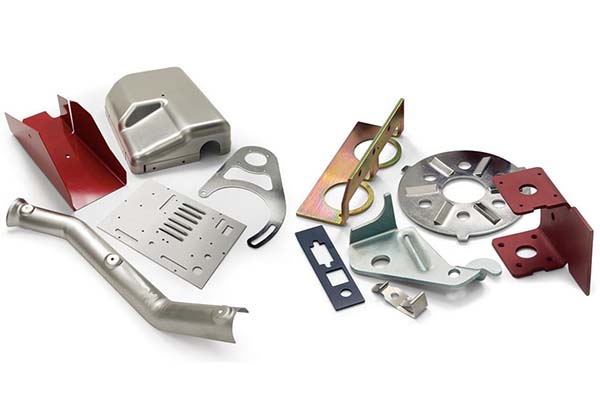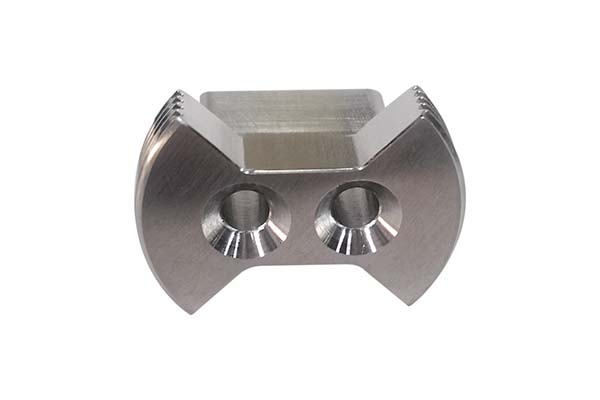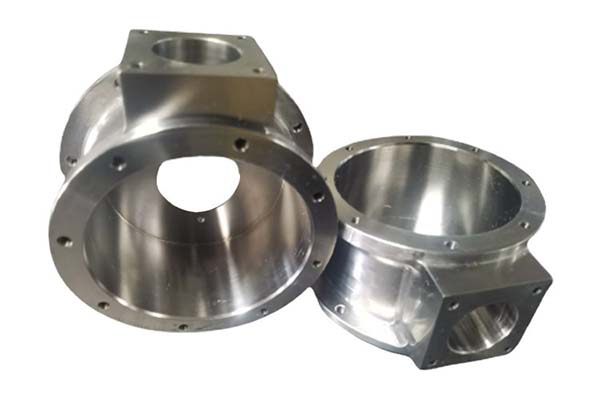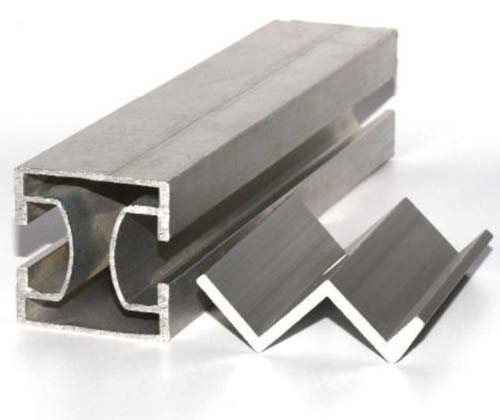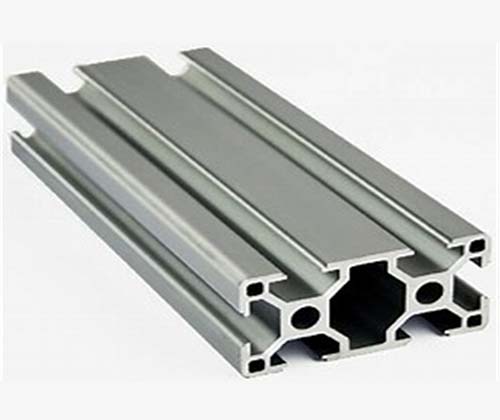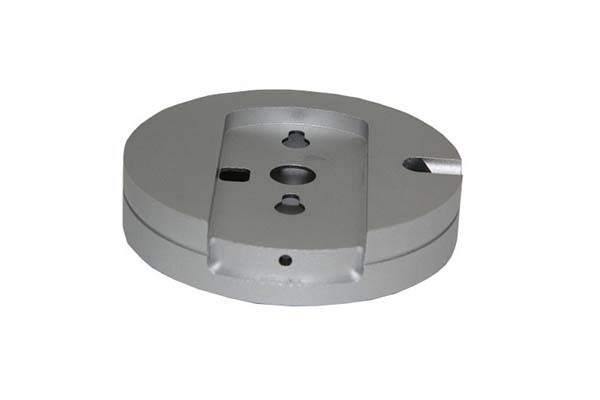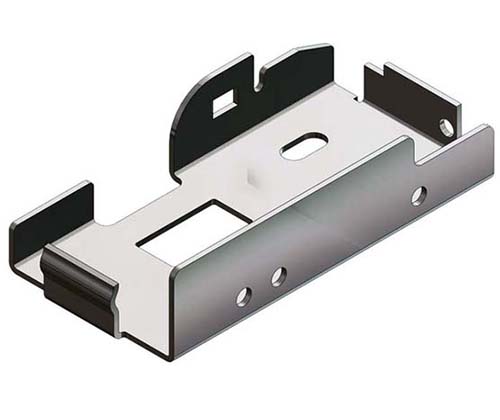Understanding the Basics of a Sheet Metal Shop
A sheet metal shop is a specialized facility where various operations are performed on sheet metal, which is a thin, flat piece of metal with a thickness typically less than 6mm. This material is widely used in numerous industries due to its versatility, durability, and relatively low cost.
Common Sheet Metal Processing Techniques
- Cutting: This is the initial step in most sheet metal projects. There are several cutting methods available. Shearing is a common and cost-effective technique for straight cuts. It uses a shearing machine with sharp blades to cut through the sheet metal, similar to how scissors cut paper. For more complex shapes, laser cutting is often employed. Laser cutting uses a high - power laser beam to melt, burn, or vaporize the metal, achieving extremely precise cuts with narrow kerf widths. For example, in the production of electronic enclosures, laser - cut sheet metal can provide the exact dimensions and intricate cutouts required for components.
- Bending: After cutting, sheet metal often needs to be bent to form the desired shape. The bending process is carried out using a press brake. A press brake has a punch and a die; the sheet metal is placed between them, and the punch exerts force to bend the metal around the die. The angle of bend and the radius of curvature can be precisely controlled. For instance, when manufacturing ducts for HVAC systems, sheet metal is bent into rectangular or circular shapes with specific angles and radii to ensure proper fit and functionality.
- Stamping: Stamping is a high - volume production process where a sheet metal blank is placed in a stamping die and subjected to high pressure. This process can create complex shapes in a single operation. For example, in the automotive industry, large - scale stamping is used to produce body panels such as car hoods, doors, and fenders. A single stamping operation can form a large, complex - shaped panel from a flat sheet of metal, significantly increasing production efficiency.
Materials Used in Sheet Metal Shop
The choice of materials in a sheet metal shop is crucial as it directly impacts the quality, performance, and cost - effectiveness of the final product. Here are some of the commonly used materials:
Stainless Steel
Stainless steel is a popular choice in sheet metal work due to its excellent corrosion resistance. It contains at least 10.5% chromium, which forms a thin, protective oxide layer on the surface, preventing rust and degradation. This makes it ideal for applications in harsh environments. For example, in the construction of outdoor structures such as bridges and building facades, stainless - steel sheet metal can withstand the effects of moisture, air pollutants, and temperature variations for long periods.
Stainless steel also offers high strength and durability. It can maintain its structural integrity under heavy loads and repeated stress. In the food and beverage industry, stainless - steel sheets are used to make equipment like tanks, countertops, and conveyor belts. The smooth surface of stainless steel is easy to clean and sanitize, meeting the strict hygiene standards of the industry.
Aluminum
Aluminum sheet metal is highly valued for its lightweight nature. It has a density of about one - third that of steel, making it an excellent choice for applications where weight reduction is crucial, such as in the aerospace industry. Aircraft components like wings, fuselage panels, and interior parts are often made from aluminum sheet metal to reduce the overall weight of the aircraft, thereby improving fuel efficiency and performance.
Aluminum is also easy to machine and form. It has good ductility, allowing it to be bent, stamped, and cut with relative ease in a sheet metal shop. In the electronics industry, aluminum is used to manufacture the casings of laptops, tablets, and smartphones. Its lightweight and corrosion - resistant properties protect the internal components while adding minimal weight to the device.
Carbon Steel
Carbon steel is a cost - effective option widely used in sheet metal fabrication. It contains iron and carbon, with the carbon content typically ranging from 0.05% to 2.1% by weight. The higher the carbon content, the stronger and harder the steel, but also the more brittle it becomes.
Carbon steel is suitable for a wide range of applications. In the automotive industry, it is used to make body panels, chassis components, and engine parts. In construction, carbon - steel sheets are used for structural elements such as beams, columns, and roofing. For example, in a large - scale industrial building project, carbon - steel sheets are formed into various shapes to create the framework that supports the entire structure, providing strength and stability at a reasonable cost.
Services Offered by a Sheet Metal Shop
Custom Fabrication
Custom fabrication is at the heart of what a sheet metal shop does best. Whether you have a complex design for a unique industrial component or a simple yet precise part for a small - scale project, a professional sheet metal shop can bring your ideas to life.
The process usually begins with a detailed consultation. Our experienced engineers work closely with you to understand your requirements, from the functionality of the part to its aesthetic appearance. Once the design is finalized, we use state - of - the - art CAD/CAM software to create a digital model. This model serves as the blueprint for the entire fabrication process, ensuring accuracy at every step.
For example, if you need a custom - designed enclosure for your electronic equipment, we can fabricate it using the appropriate sheet metal material, such as aluminum for its lightweight and good heat - dissipation properties. We'll cut the sheet metal to the exact dimensions, bend it to form the enclosure's shape, and add any necessary cutouts for connectors, vents, or displays.
Prototyping
Prototyping is an essential service provided by sheet metal shops, especially for product developers and innovators. A prototype allows you to test and validate your design concept before committing to full - scale production. It helps you identify potential design flaws, make improvements, and ensure that the final product meets all your requirements.
Take, for instance, a startup developing a new medical device. They came to us with a design for a sheet - metal - based housing for their device. We quickly produced a prototype using rapid prototyping techniques. This prototype enabled them to test the fit and functionality of the device components within the housing. They were able to identify some areas where the internal layout needed adjustment and some minor design changes for better ergonomics. Thanks to the prototype, they were able to make these improvements early in the development process, saving both time and cost in the long run.
Assembly and Finishing
A sheet metal shop doesn't just stop at fabricating individual parts; we also offer comprehensive assembly and finishing services.
Assembly: Assembly involves putting together multiple fabricated sheet metal parts and, sometimes, other components to create a complete product. Our skilled technicians are experienced in various assembly methods, including mechanical fastening (using screws, nuts, and bolts), welding, and adhesive bonding. For example, when assembling a large - scale industrial cabinet, we'll carefully align the side panels, front and back doors, and internal shelves, and then use the appropriate assembly method to secure them in place. This ensures that the final product is sturdy, functional, and ready for use.
Finishing: The finishing process is crucial for enhancing the appearance, durability, and corrosion resistance of the sheet metal product. We offer a range of finishing options:
- Painting: We can apply various types of paint, such as powder coating, which provides a thick, durable, and attractive finish. Powder coating is ideal for outdoor applications as it can withstand harsh weather conditions. For indoor products, we can use liquid paint to achieve a smooth, high - gloss finish.
- Plating: Plating, such as zinc plating or nickel plating, can be used to protect the sheet metal from rust and corrosion. Zinc plating, for example, is commonly used on carbon - steel parts to extend their lifespan.
- Anodizing: Anodizing is a popular finishing method for aluminum sheet metal. It creates a hard, protective oxide layer on the surface of the aluminum, improving its corrosion resistance and adding an aesthetically pleasing appearance.
Yigu Technology's Perspective
As a non - standard plastic and metal products custom supplier, Yigu Technology has a unique edge in the sheet metal processing field.
We are equipped with a range of advanced equipment. Our state - of - the - art laser cutting machines can achieve a positioning accuracy of up to ±0.05mm, ensuring extremely precise cuts for complex sheet metal designs. Our high - speed press brakes are capable of handling large - scale bending tasks with a maximum bending force of 2000 tons, enabling us to work on thick - gauge sheet metal with ease.
Our professional team consists of experienced engineers and technicians. Our engineers have an average of over 10 years of experience in sheet metal design and processing. They are proficient in using the latest CAD/CAM software, and can quickly transform your ideas into detailed and accurate production plans.
Customization is at the core of our service. Whether you need a small - batch production of specialized sheet metal components for a prototype or a large - scale production for mass - market products, we can tailor our services to meet your specific requirements. We work closely with you from the initial design stage, providing professional advice on material selection, processing techniques, and cost - effective solutions.

